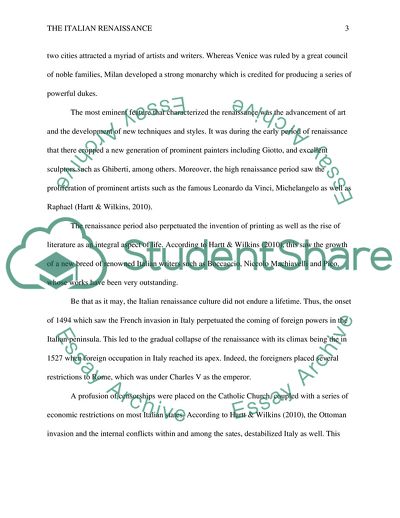Cite this document
(The Italian Renaissance Essay Example | Topics and Well Written Essays - 1750 words, n.d.)
The Italian Renaissance Essay Example | Topics and Well Written Essays - 1750 words. https://studentshare.org/history/1772298-the-italian-renaissance
The Italian Renaissance Essay Example | Topics and Well Written Essays - 1750 words. https://studentshare.org/history/1772298-the-italian-renaissance
(The Italian Renaissance Essay Example | Topics and Well Written Essays - 1750 Words)
The Italian Renaissance Essay Example | Topics and Well Written Essays - 1750 Words. https://studentshare.org/history/1772298-the-italian-renaissance.
The Italian Renaissance Essay Example | Topics and Well Written Essays - 1750 Words. https://studentshare.org/history/1772298-the-italian-renaissance.
“The Italian Renaissance Essay Example | Topics and Well Written Essays - 1750 Words”. https://studentshare.org/history/1772298-the-italian-renaissance.


